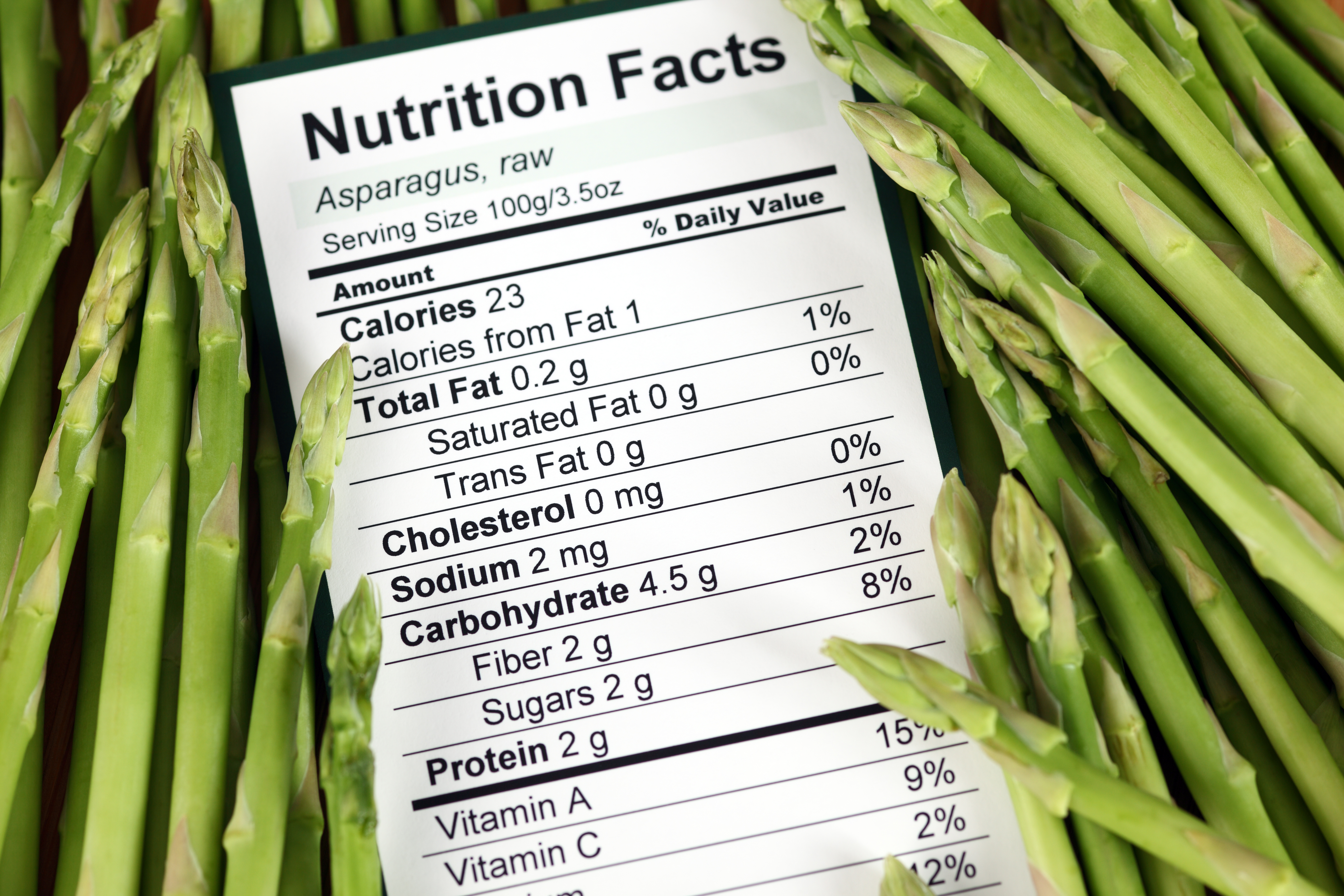Labelling requirements will be completely transformed by October 2021, following the death of Natasha Ednan-Laperouse. This tragic incident emphasised how consumers (especially those with allergies and intolerances) aren’t protected enough by the current food and drink regulations. And this is exactly why food and drink labelling regulations are being amended.
Let’s discuss exactly what’s changing and how your business can keep up.
As of writing, all pre-packaged food is required to have a label that clearly displays a series of mandatory information, including the name and list of ingredients (if there’s more than two). If the product contains any of the 14 allergens on this list, they must be specified too.

However, this isn’t the case for all food businesses - the law doesn’t apply to stores where food is prepared on the premises on which they’re sold in (such as cafes, sandwich shops and takeaways). The new food safety law, Natasha’s Law, will change all that. We can expect:
- Businesses to include a more complete list of allergens
- All food businesses, regardless of whether products are prepared on-site, to be required to display a full list of ingredients
You can read more about Natasha’s Law and the impact we expect it to have on food businesses here.
What can you do to sustain regulatory compliance?
You need to ensure complete traceability and visibility of your entire supply chain, from production and manufacturing to consumption. This is where investing in the right technology can help.
Technology can gather and manage data from multiple sources throughout your business processes and supply chain. So, not only will you gain full control and visibility of your operations, but you’ll also reduce the chances of product recalls as a result of incorrect or missing information from labelling.

ERP solutions can help, especially if you use a food-specific system as you can get more out of a generic ERP’s core functionalities. For example, Aptean Food and Beverage ERP is a solution designed specifically for the food and beverage industry that’s integrated within Microsoft Dynamics 365 Business Central.
You can benefit from features such as:
- Quality management - so you can assess and record quality metrics in your operations and consistently drive process and quality improvements
- Process manufacturing - including product development planning, batch manufacturing and recipe management. This ensures an efficient, quality-controlled production process
- Allergen management - this reduces the risk of cross-contamination and you gain visibility into allergens across multiple sources
- Packaging configurator - with this feature, you can create a single item for multiple packaging types
- Process data collection - allows you to capture the measurements of different items at different points in time so you always have visibility
- Lot tracking - you can track lot-controlled items which makes it easier for you to act quickly and efficiently in the event of a recall (or to prevent one)
- Country of origin tracking and labelling - allows you to track and label products with a country of origin, which makes it easier to comply with various consumer labelling and market laws regulated by the FDA
- Automated data collection - this native feature makes creating labels a simpler task. You can even print labels as items move around the production floor
Want to read about these features in more depth and how they can help reduce labelling risks in more detail? Click the button below to download our guide.
Ensuring regulatory compliance is just one piece of the overall strategy for satisfying customer demands
You need to optimise your food supply chain if you’re to fulfil your customers’ expectations. Ensuring your business is complying with regulations is one area but you’ll also need to keep up with trends, changes to the market (such as the ongoing trade uncertainties caused by Brexit) and more.
All of that can be achieved if you’re using an ERP solution specifically designed for the food and beverage industry. There are lots of things to factor in when you’re narrowing down your options which is why we created a handy guide to help you decide.
Check it out via the button below.


